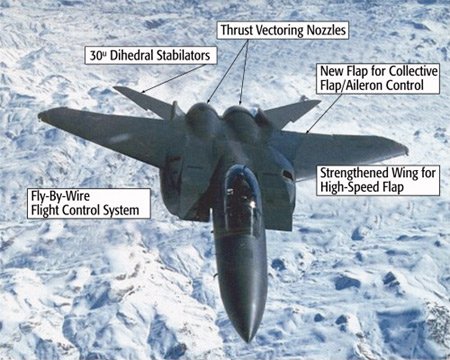Executive Summary
• The APG-79 AESA radar provides improved performance relative to the legacy APG-73 radar; however, operational testing did not demonstrate a statistically significant difference in mission accomplishment between F/A-18E/F aircraft equipped with AESA and those equipped with the legacy radar.
• While SCSs H6E and 23X demonstrate acceptable suitability, the AESA radar’s reliability continues to suffer from software instability. The radar’s failure to meet reliability requirements and poor built-in test (BIT) performance remain as shortfalls from previous test and evaluation periods.
• Overall, the F/A-18E/F Super Hornet weapon system is operationally effective and suitable for most threat environments. However, the platform is not operationally effective for use in certain threat environments, the specifics of which are addressed in the DOT&E FY12 classified report
Activity
• DOT&E reported on APG-79 radar IOT&E in FY07, assessing it as not operationally effective or suitable due to significant deficiencies in tactical performance, reliability, and BIT functionality.
• The Navy conducted APG-79 radar FOT&E in FY09 in conjunction with SCS H4E SQT. The Navy’s Commander, Operational Test and Evaluation Force subsequently reported that significant deficiencies remained for both APG-79 AESA performance and suitability; DOT&E concurred with this assessment.
• Concurrent with SQT for SCSs H6E and 23X, the Navy conducted a second APG-79 radar FOT&E period in FY11. The Navy conducted the testing in accordance with the DOT&E-approved Test and Evaluation Master Plan (TEMP) and test plan. DOT&E issued a classified report on this testing in FY12; finding that the Super Hornet made incremental improvements, but still retained important deficiencies.
Assessment
• The APG-79 AESA radar demonstrated marginal improvements since the previous FOT&E period and provides improved performance relative to the legacy APG-73 radar. However, operational testing does not demonstrate a statistically significant difference in mission accomplishment between F/A-18E/F aircraft equipped with AESA and those equipped with the legacy radar.
• Full development of AESA electronic warfare capability remains deferred to later software builds
Recommendations
• Status of Previous Recommendations.
-- The Navy made minimal progress addressing FY11 F/A‑18E/F recommendations. Recommendations to continue to improve APG-79 AESA reliability and BIT functionality, to conduct an operationally representative end-to-end missile shot to demonstrate APG-79 radar and current SCS ability to support multi-AIM-120 engagement, and to develop and characterize the APG-79 AESA’s full electronic warfare capability remain valid.
• The Navy satisfactorily addressed three of seven FY11 EA-18G recommendations. Recommendations to improve aircraft maintainability and BIT software maturity, to improve ALQ-218 and ALQ-99 maintenance documentation and diagnostic tools, and to assess the
need for a more capable threat range at Whidbey Island, Washington, remain valid.


